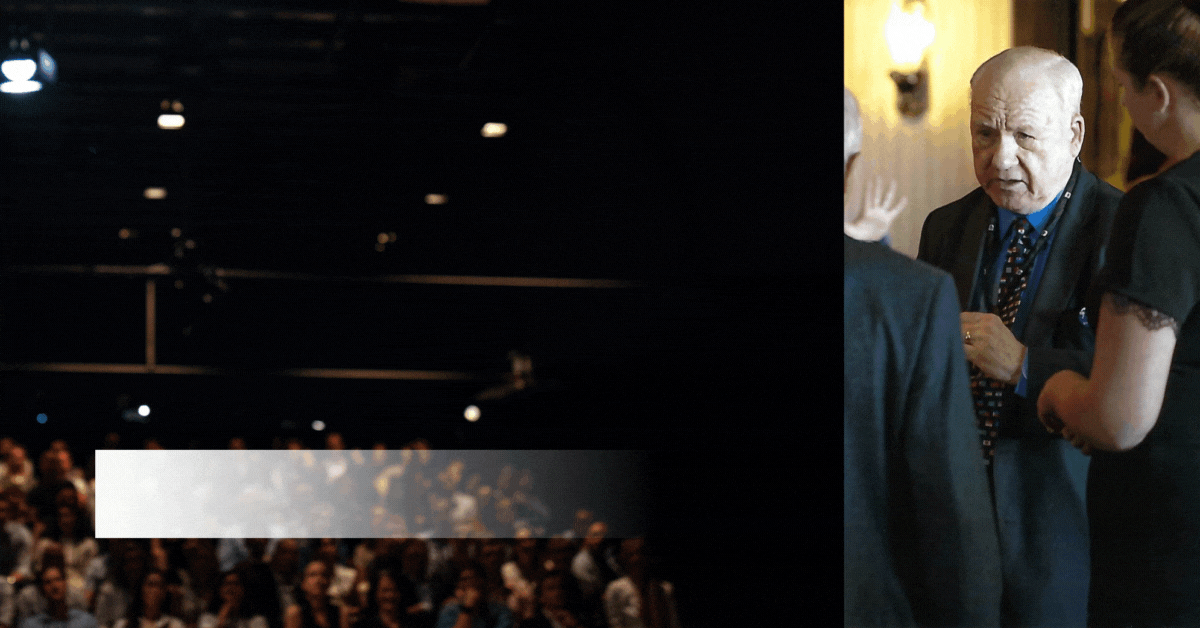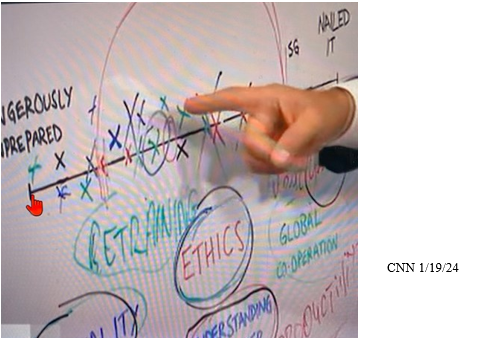With Just three words . . . “Leave it alone,” the tech industry globally mobilized thousands of companies, organizations, individuals, and industries. Like an experienced parent who wants their child to do something, or not do something, but might have difficulty persuading them, they simply say, “Don’t do . . . you name it” and it becomes a do-or-die mission. So it has become for AI.
Are these tech people brilliant, or are they really that smart? We may never know. What we do know is that thousands have been mobilized, and millions or billions are being spent and all in the quest to figure something out with little or no help from the tech industries who started all of this. Clearly, the tech industries deserve a prize of some kind.
Never have so few words mobilized so many human beings and a colossal amount of cash for what appears far less fearsome than forecast.
Typically, in such a huge venture, something called an “Operational and reputational risk assessment and fact based recommendations” would have been prepared. In the case of AI, since no one had any facts to go on, everything kind of got made up in a huge fiction like activity. Which has yet to yield much except sporadic anecdotal success stories. And one large failure that of Donald Trump’s former attorney using AI to generate what turned out to be fake legal references for a motion he was proposing in federal court.
That’s because, of course, the tech industry does not intend to share additional information until it’s in their interest to do so. During the last year, I have attended a number of policy-level discussions (people who own, run, and make crucial decisions in the organizations) of AI and while organizations like PRSA were busy developing hypothetical situational responses based on zero facts and data, the tech companies were having a great success with “leave it alone.” Why spoil all the fun with facts?
In contrast, virtually every policy-level discussion I attended developed only a sketchy, fuzzy concept called things like, “Responsible AI.” The responsibilities were described in a list of words with little explanation: fairness, reliability and safety, privacy and security, inclusiveness, transparency, and accountability. Sometimes described as core principles without much additional explanation. It’s still impossible to know what guidance is truly needed. We’ll need a few surprises and disasters to begin developing useful information.
It’s probably time for all of us to get back to work on our regular jobs and regular activities and await the inevitable catastrophes the media has predicted, always aiming for the worst-case scenarios. Where are the truth tellers when you need them most?






